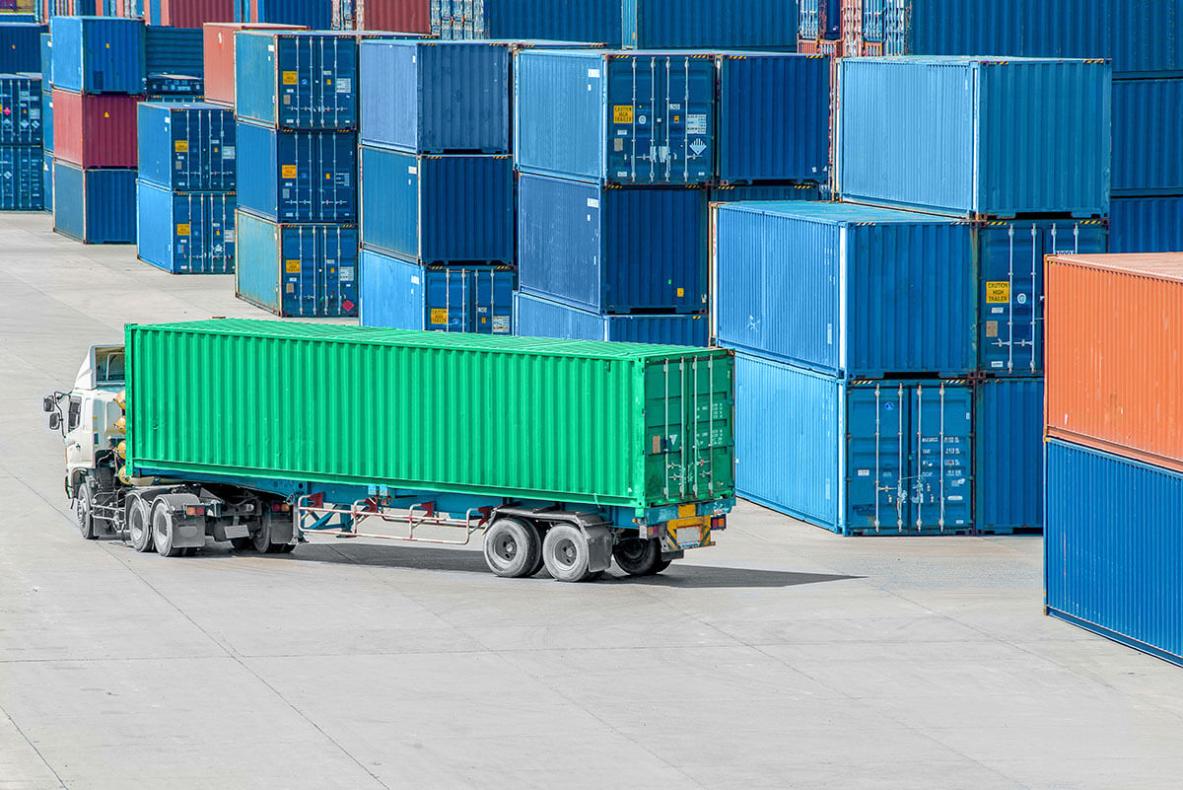How Can I Protect My Cargo from Theft and Damage?
In today's global supply chain, cargo protection is of paramount importance. The increasing volume of goods being transported across borders, coupled with the rising value of commodities, has made cargo theft and damage a significant concern for businesses worldwide.

Statistics on Cargo Theft and Damage Incidents:
- According to a report by the Cargo Theft Prevention Council, the total value of cargo theft in the United States alone amounted to over $1.9 billion in 2020.
- The International Chamber of Commerce (ICC) estimates that cargo crime costs the global economy approximately $100 billion annually.
- In addition to theft, cargo can also be damaged during transportation due to improper handling, accidents, or natural disasters.
I. Understanding The Risks:
To effectively protect cargo from theft and damage, it is essential to understand the common risks and factors that increase the likelihood of such incidents.
Common Types Of Cargo Theft And Damage:
- Cargo Theft: This can involve the theft of entire shipments, individual items within a shipment, or the hijacking of cargo vehicles.
- Cargo Damage: This can occur due to improper packaging, handling, or storage, as well as accidents or natural disasters.
- Pilferage: This refers to the theft of small quantities of cargo during transportation or storage.
- Non-Delivery: This occurs when cargo is not delivered to its intended destination, often due to fraud or negligence.
Factors That Increase The Risk Of Cargo Theft And Damage:
- High-Value Cargo: Cargo that is perceived to be valuable, such as electronics, pharmaceuticals, or precious metals, is more likely to be targeted for theft.
- Poor Packaging and Labeling: Cargo that is not properly packaged or labeled is more susceptible to damage and theft.
- Insecure Storage and Transportation: Cargo that is stored or transported in insecure facilities or vehicles is more vulnerable to theft and damage.
- Lack of Security Measures: The absence of security measures, such as locks, seals, and surveillance systems, increases the risk of cargo theft and damage.
- Unreliable Carriers and Routes: Choosing unreliable carriers or routes can increase the likelihood of cargo theft and damage.
II. Implementing Security Measures:
To mitigate the risks of cargo theft and damage, businesses can implement a range of security measures, both physical and procedural.
Physical Security:
- Proper Packaging and Labeling: Cargo should be packaged securely using appropriate materials and labeled clearly with the shipper, consignee, and destination information.
- Use of Security Seals and Locks: Security seals and locks should be used to secure cargo containers and vehicles during transportation and storage.
- Secure Storage Facilities and Warehouses: Cargo should be stored in secure facilities with access control, surveillance systems, and proper lighting.
- Access Control and Surveillance Systems: Access to cargo storage and transportation areas should be restricted, and surveillance systems should be installed to monitor activity.
Transportation Security:
- Choosing Reliable Carriers and Routes: Businesses should choose reliable carriers with a good reputation for security and avoid high-risk routes.
- Monitoring and Tracking Cargo during Transit: Cargo should be monitored and tracked during transit using GPS tracking devices or other technologies.
- Escorting High-Value Cargo Shipments: High-value cargo shipments may require armed escorts to deter theft and ensure safe delivery.
III. Documentation And Communication:
Proper documentation and communication are essential for cargo protection.
- Maintaining Accurate and Detailed Shipping Records: Businesses should maintain accurate and detailed shipping records, including information on the cargo, shipper, consignee, carrier, and route.
- Clear Communication with Carriers, Shippers, and Receivers: Clear communication and coordination among carriers, shippers, and receivers are crucial to ensure the timely and safe delivery of cargo.
- Prompt Reporting of Any Suspicious Activities or Incidents: Any suspicious activities or incidents related to cargo theft or damage should be reported promptly to the appropriate authorities and insurance providers.
IV. Insurance And Risk Management:

Cargo insurance and risk management strategies can provide financial protection and mitigate the impact of cargo theft and damage.
- Importance of Cargo Insurance: Cargo insurance provides financial protection against the loss or damage of cargo during transportation.
- Choosing the Right Insurance Policy: Businesses should choose a cargo insurance policy that provides adequate coverage for the type of cargo being shipped and the risks involved.
- Implementing Risk Management Strategies: Implementing risk management strategies, such as diversifying suppliers and transportation routes, can help reduce the impact of cargo theft and damage.
V. Training And Awareness:
Educating employees on cargo security measures and theft prevention is crucial for effective cargo protection.
- Educating Employees on Cargo Security Measures: Employees involved in cargo handling, storage, and transportation should be educated on cargo security measures and theft prevention techniques.
- Regular Training on Theft Prevention and Damage Control: Regular training sessions should be conducted to keep employees updated on the latest security measures and best practices for theft prevention and damage control.
VI. Collaboration And Partnerships:

Collaboration and partnerships with law enforcement, industry associations, and other businesses can enhance cargo protection efforts.
- Working with Law Enforcement and Industry Associations: Businesses should work closely with law enforcement agencies and industry associations to share information, identify trends, and develop effective cargo security strategies.
- Sharing Information and Best Practices with Other Businesses: Sharing information and best practices with other businesses in the supply chain can help identify common challenges and develop collective solutions to cargo theft and damage.
VII. Conclusion:
Protecting cargo from theft and damage is a critical aspect of supply chain management. By implementing comprehensive security measures, maintaining proper documentation, obtaining cargo insurance, educating employees, and collaborating with stakeholders, businesses can significantly reduce the risks of cargo theft and damage and ensure the safe and timely delivery of goods.
YesNo

Leave a Reply